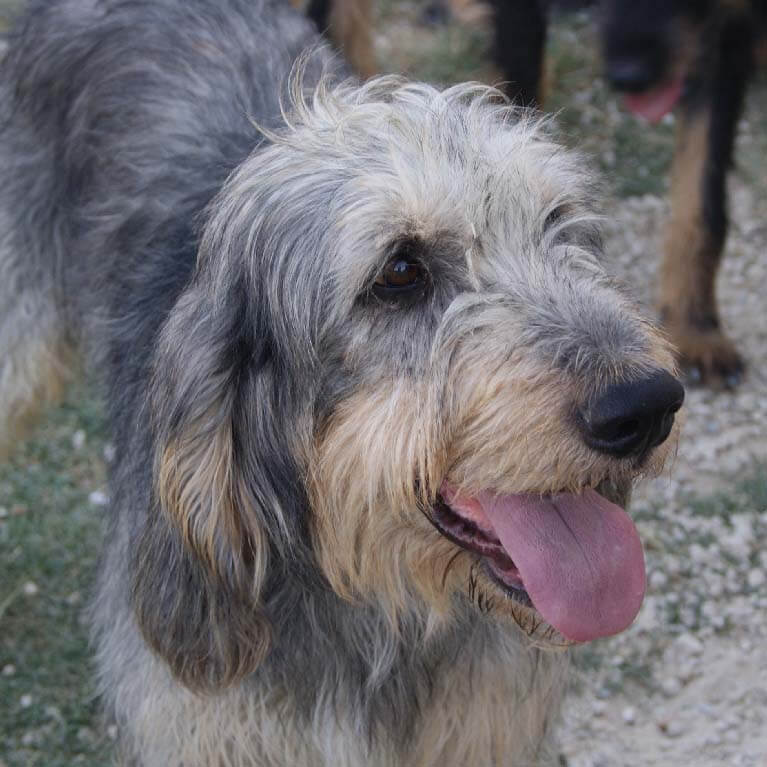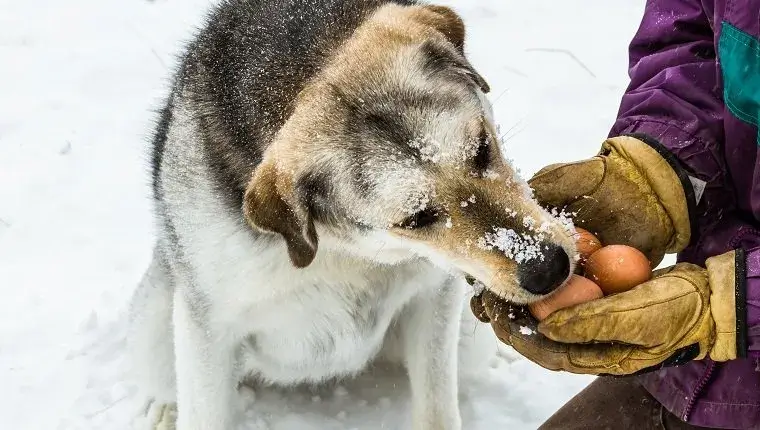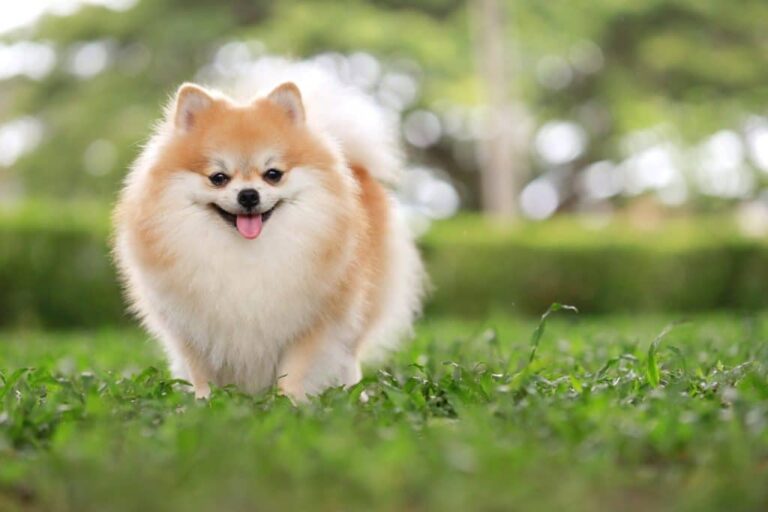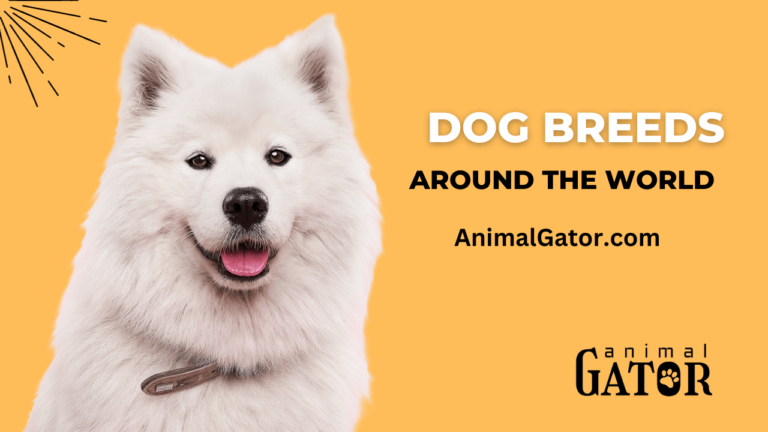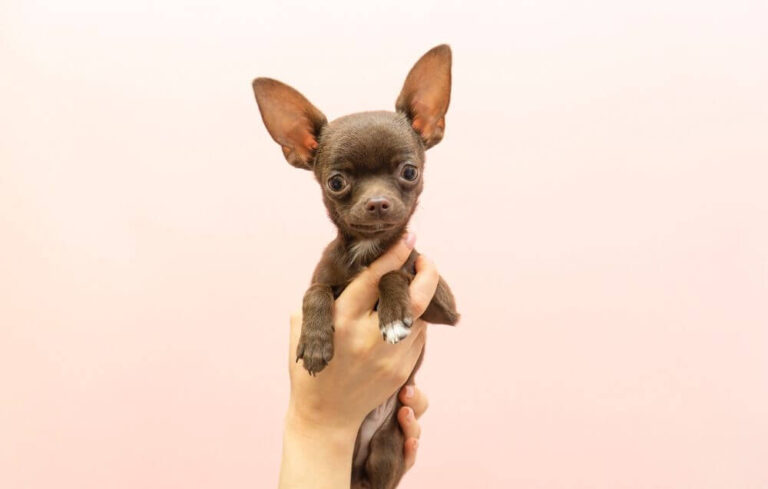Griffon Nivernais Dog Breed Guide: History, Characteristics, and Care
The Griffon Nivernais, a breed steeped in French hunting tradition, is known for its agility, stamina, and distinct appearance. Although relatively rare outside its native country, this breed’s resilience and spirited temperament have earned it a loyal following among hunters and dog enthusiasts. This comprehensive guide will cover Griffon Nivernais’ key characteristics, history, health issues, and best care practices to ensure your dog’s happy and healthy life.
Contents
Griffon Nivernais Dog Quick Overview
- Origin: France
- Size: Medium (20-24 inches tall, 40-55 pounds)
- Coat: Harsh, wiry coat with a dense undercoat
- Temperament: Spirited, intelligent, energetic, and affectionate
- Life Expectancy: 10-14 years
- Primary Use: Hunting, especially for boar and deer
- Group: Scent Hound
History of the Griffon Nivernais
The Griffon Nivernais has a storied history that dates back to the Middle Ages. Initially bred from the now-extinct Chien Gris de Saint Louis, this breed was developed to hunt large game such as boar and deer in the Nivernais region of France. Their tenacity, excellent sense of smell, and endurance made them the preferred choice for hunting expeditions during medieval times.
Despite their historical significance, the breed nearly became extinct after the French Revolution, when large hunting packs were disbanded. However, a dedicated effort to revive the breed occurred in the early 20th century by crossing Griffon Nivernais with other breeds like the Grand Griffon Vendéen, ultimately preserving their unique traits and characteristics.
Today, they remain relatively rare but are still prized for their hunting abilities and affectionate nature as companions.
Key Characteristics of the Griffon Nivernais

Size and Physical Traits
- Height: Griffon Nivernais dogs typically stand between 20 to 24 inches at the shoulder.
- Weight: They usually weigh between 40 and 55 pounds, making them medium-sized but muscular and strong for their size.
- Build: Lean and athletic, with a slightly elongated body. Their deep chest and well-muscled frame allow them to sustain long bouts of physical activity during hunts.
Despite their rugged appearance, they are graceful and quick-footed, capable of easily navigating rough terrain.
Coat Varieties
The Griffon Nivernais is well-known for its distinctive wiry coat. Their double-layered coat consists of:
- Top Coat: Coarse and wiry to protect them from dense underbrush and harsh weather.
- Undercoat: Soft and dense, providing insulation and warmth.
The coat colors range from gray, fawn, and black, often giving them a slightly grizzled or weathered appearance. This coloring and their wiry coat serve as excellent camouflage during hunts.
Temperament and Personality

Griffon Nivernais dogs are known for their energetic and spirited nature. Bred as hunting dogs, they are highly alert, intelligent, and driven, making them excellent working dogs. They are:
- Loyal: They are fiercely loyal and protective once bonded with their family.
- Friendly: While they have a high prey drive, they tend to be affectionate and friendly toward people.
- Intelligent: Their sharp minds make them easy to train, but they can be independent and stubborn sometimes, especially if they are not mentally stimulated.
- Energetic: As hunting dogs, they have high energy levels and require ample exercise.
While they are generally good with families, their high prey drive and natural curiosity may not be the best fit for homes with smaller pets unless socialized early.
Health Issues in Griffon Nivernais
Like all breeds, the Griffon Nivernais is susceptible to specific health problems. Though generally a hardy and healthy breed, potential owners should be aware of the following conditions:
- Hip Dysplasia: A common issue in many medium and large breeds, this condition affects the hip joint, leading to arthritis and discomfort over time.
- Ear Infections: Due to their floppy ears, they are prone to ear infections, especially if moisture gets trapped.
- Obesity: Given their active nature, Griffon Nivernais dogs can become overweight if they do not receive sufficient exercise or are overfed.
- Eye Issues: Some Griffon Nivernais dogs may develop cataracts or other age-related eye conditions.
Routine veterinary care and preventive health screenings can help manage these potential issues and ensure a long, healthy life.
Best Care Practices for Griffon Nivernais
Exercise Needs
The Griffon Nivernais is a high-energy breed that requires daily exercise. Long walks, runs, and opportunities to sniff and explore new environments are essential for mentally and physically satisfying this breed. Without sufficient exercise, they may become bored and develop destructive behaviors.
Grooming Needs
Their wiry coat requires regular grooming:
- Brushing: Weekly brushing is necessary to prevent matting and remove dead hair.
- Bathing: Occasional baths are needed, especially if they’ve been out hunting or exploring.
- Ear Cleaning: Regular ear checks and cleaning are essential to prevent infections.
- Nail Trimming: Their nails should be trimmed regularly to prevent overgrowth, which can cause discomfort.
Training Tips
Griffon Nivernais dogs are intelligent and quick learners, but their independent nature requires a firm yet positive approach to training. Use reward-based training methods, incorporating treats and praise to encourage good behavior. Socialization from a young age is essential to ensure they get along well with other animals and humans.
Dietary Requirements
Griffon Nivernais dogs benefit from a high-protein diet to support their active lifestyle. Their dietary needs may vary depending on their age and activity levels:
- Puppies: Require balanced meals rich in protein and healthy fats to support growth.
- Adults: High-quality dog food that supports their high energy levels is necessary, with a mix of protein, fiber, and essential vitamins.
- Seniors: As they age, their activity levels may decrease, and they require food designed for joint health and weight management.
Fresh water should always be available, and portion control is important to prevent obesity, especially for less active dogs.
Cultural Significance of the Griffon Nivernais
The Griffon Nivernais holds a special place in French hunting culture. With a lineage dating back centuries, this breed represents the tenacity and stamina needed for traditional French boar hunts. Though relatively rare today, their historical role in the noble hunting packs of medieval France endows them with a cultural richness that few other breeds possess.
FAQs
Are Griffon Nivernais rare?
Yes, Griffon Nivernais dogs are considered rare, particularly outside of France. Their population has declined due to changes in hunting practices and the rise of other breeds, but dedicated enthusiasts work to preserve this breed.
What is the temperament of a Griffon Nivernais?
Griffon Nivernais dogs are known for being energetic, intelligent, and loyal. They thrive on mental and physical stimulation and form strong bonds with their owners. While friendly and affectionate, they can also be independent.
What are the health problems with Griffon Nivernais?
Common health problems in Griffon Nivernais dogs include hip dysplasia, ear infections, and obesity. Regular vet check-ups, exercise, and proper grooming can mitigate some of these issues.
What is the history of the Griffon Nivernais?
The Griffon Nivernais originated in France and was bred from the now-extinct Chien Gris de Saint Louis. They were primarily used for hunting large game like boar and deer. Despite facing near extinction, the breed was revived in the 20th century.
Conclusion
The Griffon Nivernais is a spirited and loyal breed with a rich history and a strong hunting instinct. Their wiry coat, distinctive appearance, and high energy levels make them well-suited for active owners who can provide them with the necessary exercise and mental stimulation. Though they may face some health challenges, proper care and attention can ensure a long, healthy, and happy life for these rare yet wonderful companions.
- Golden Retriever Pros and Cons: What Every Pet Parent Should Know - 15 September 2025
- Cane Corso Dog Breed: Health, Care, and Lifespan - 14 September 2025
- Catahoula Leopard Dogs: Description, Temperament, Lifespan, & Facts - 21 July 2025

